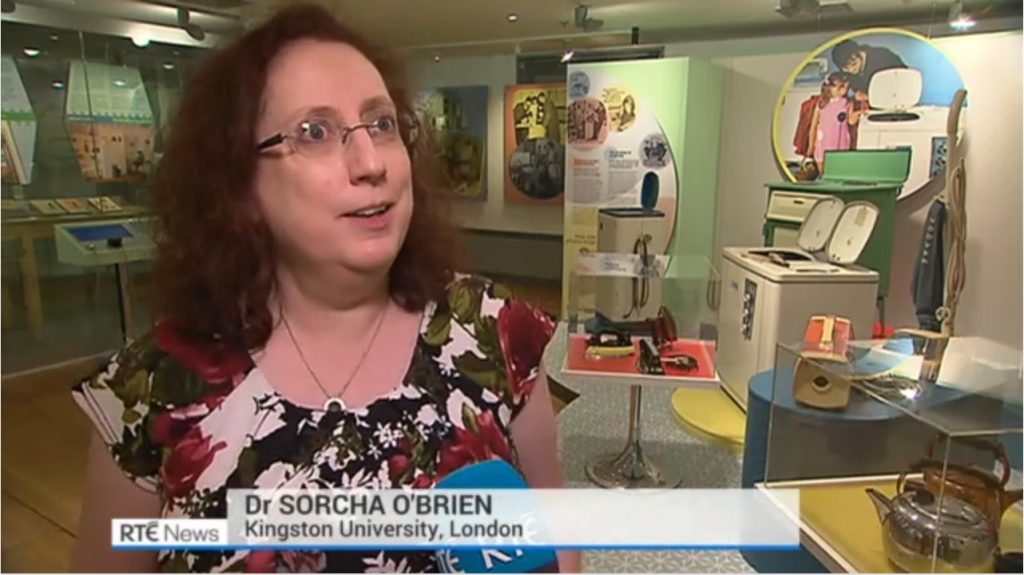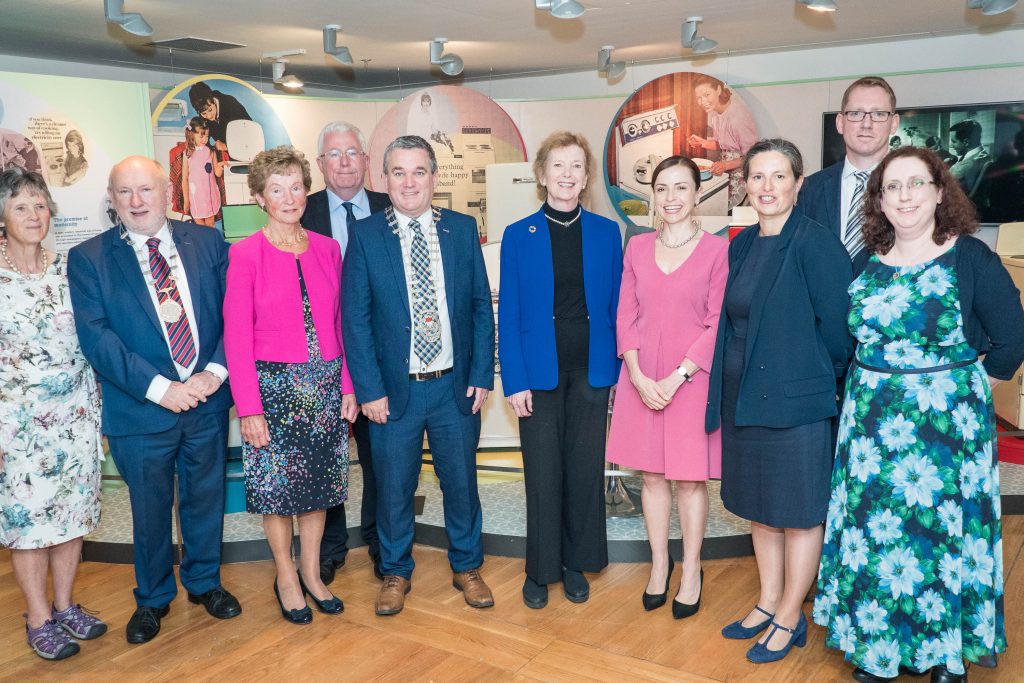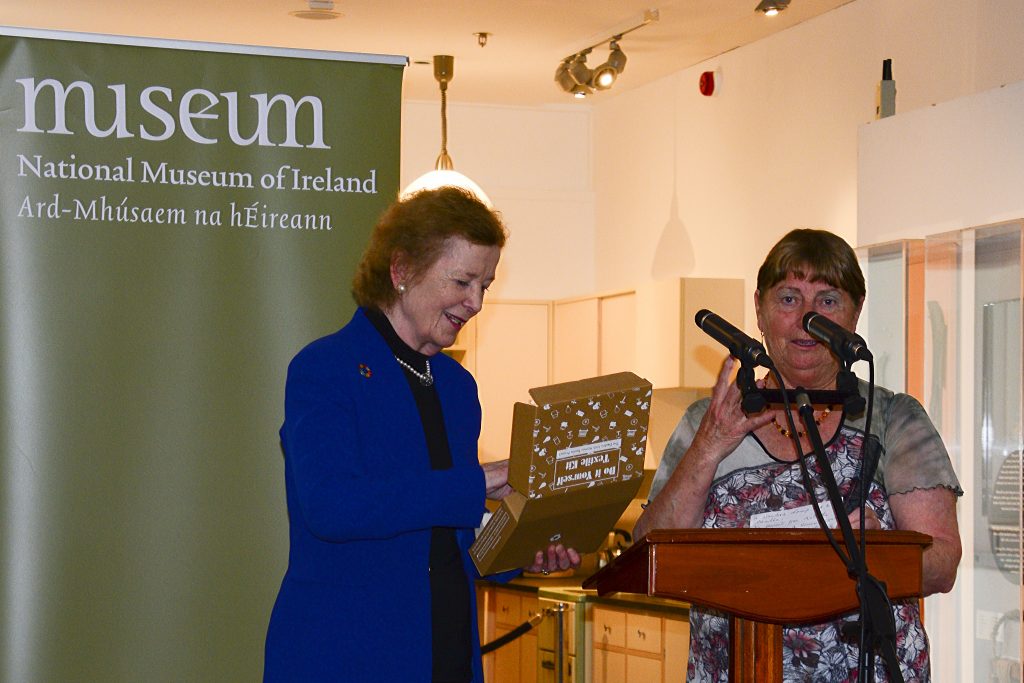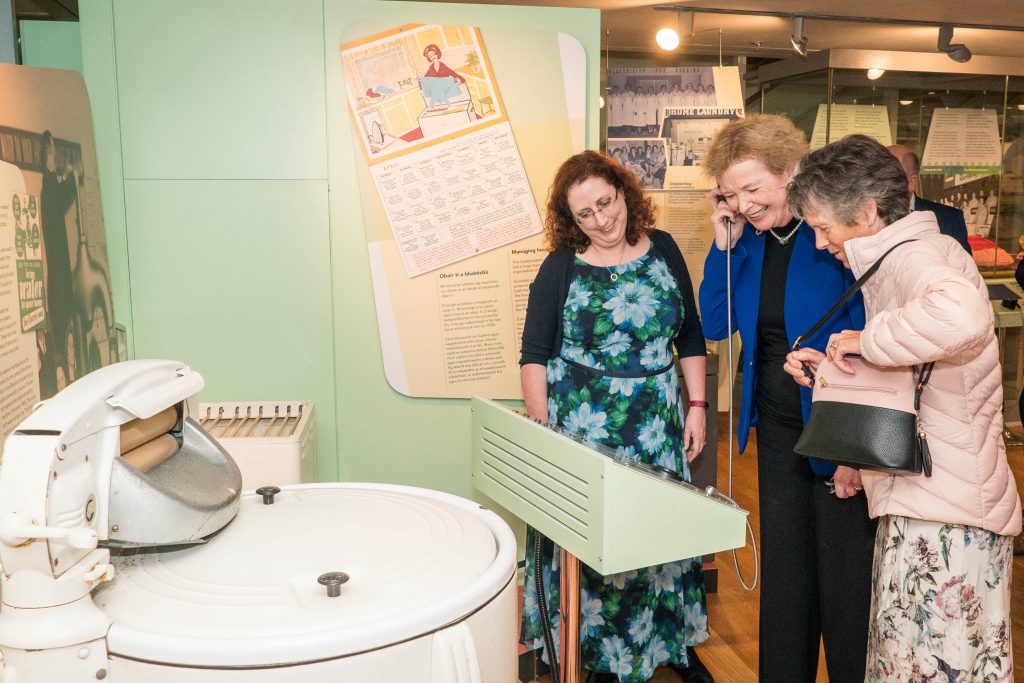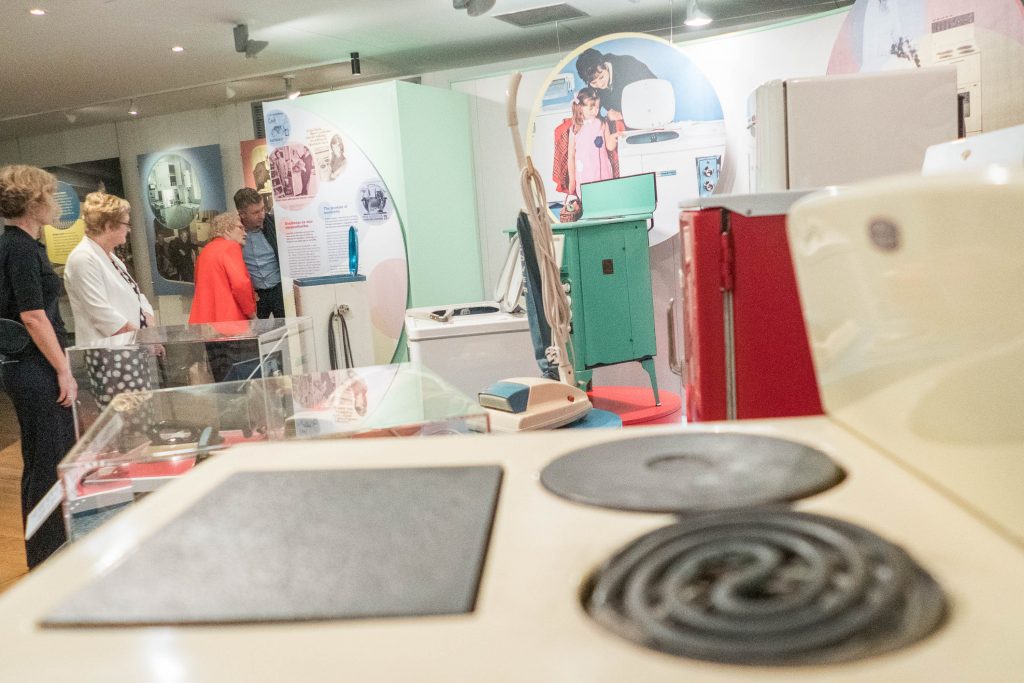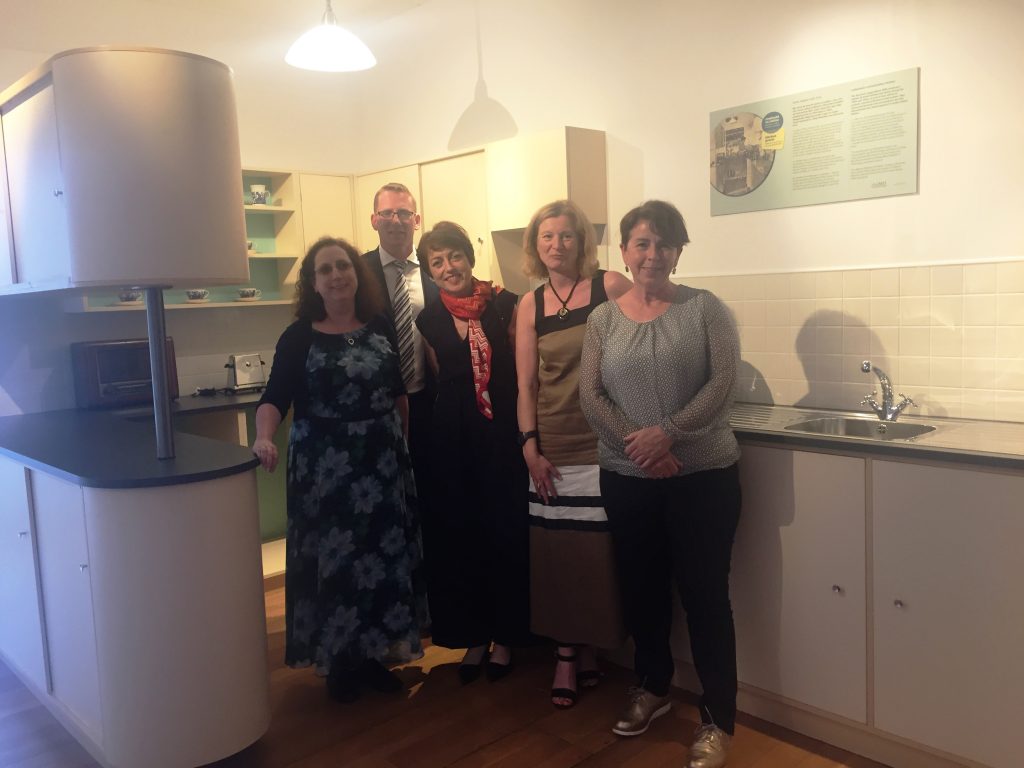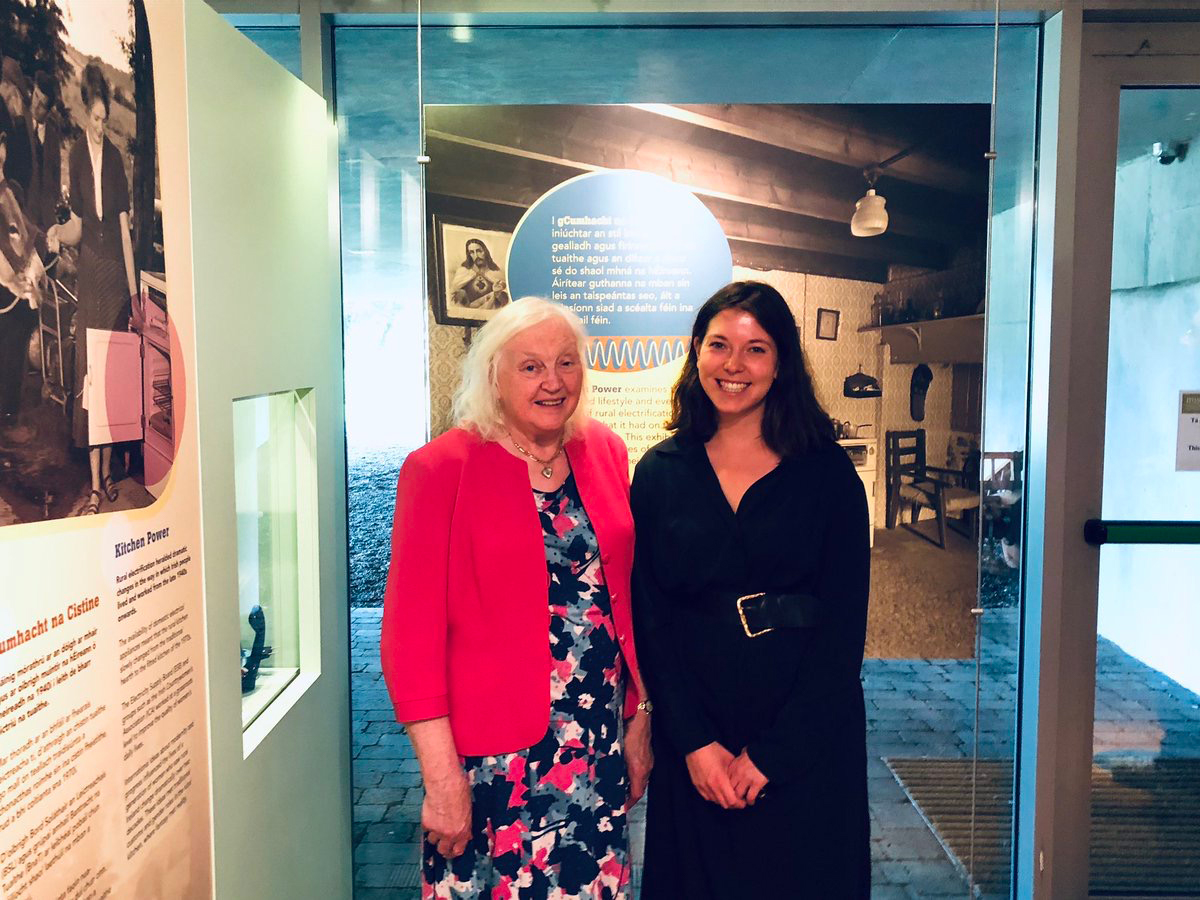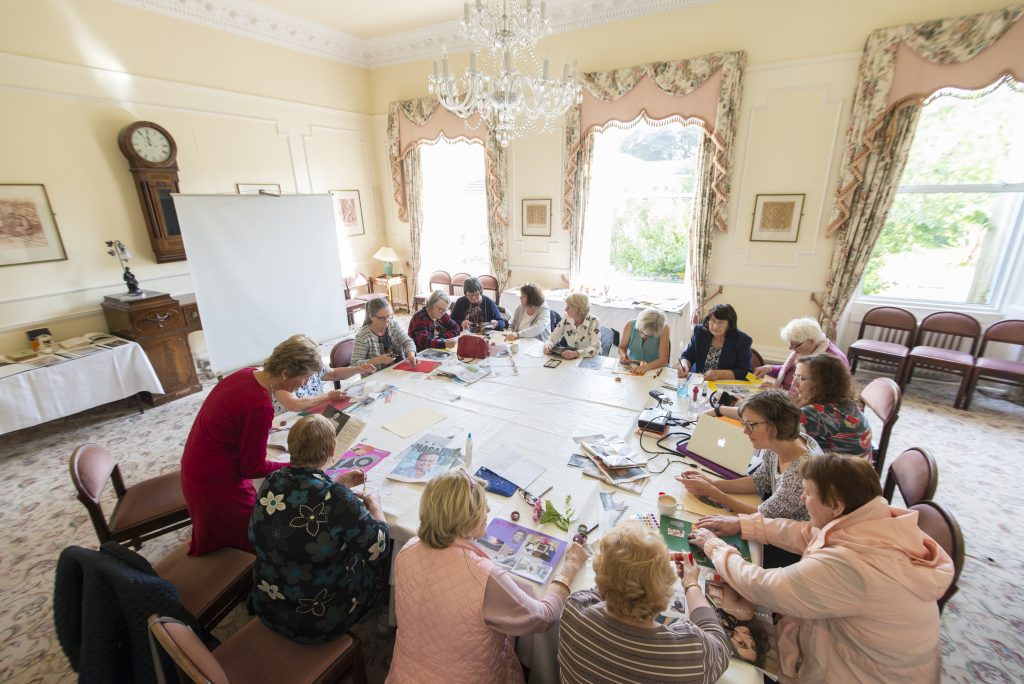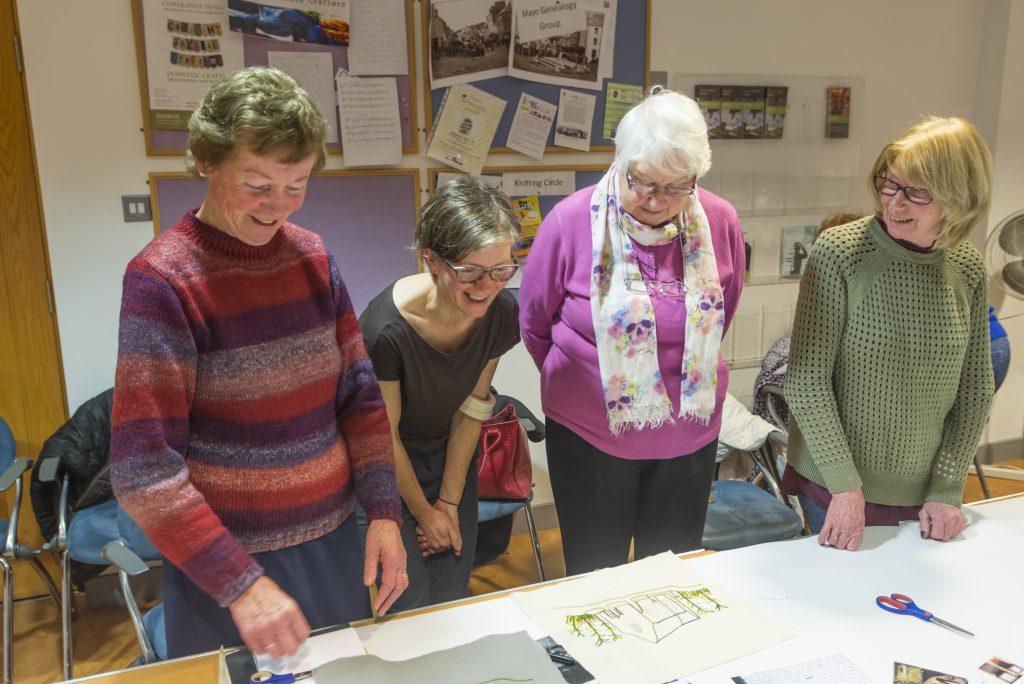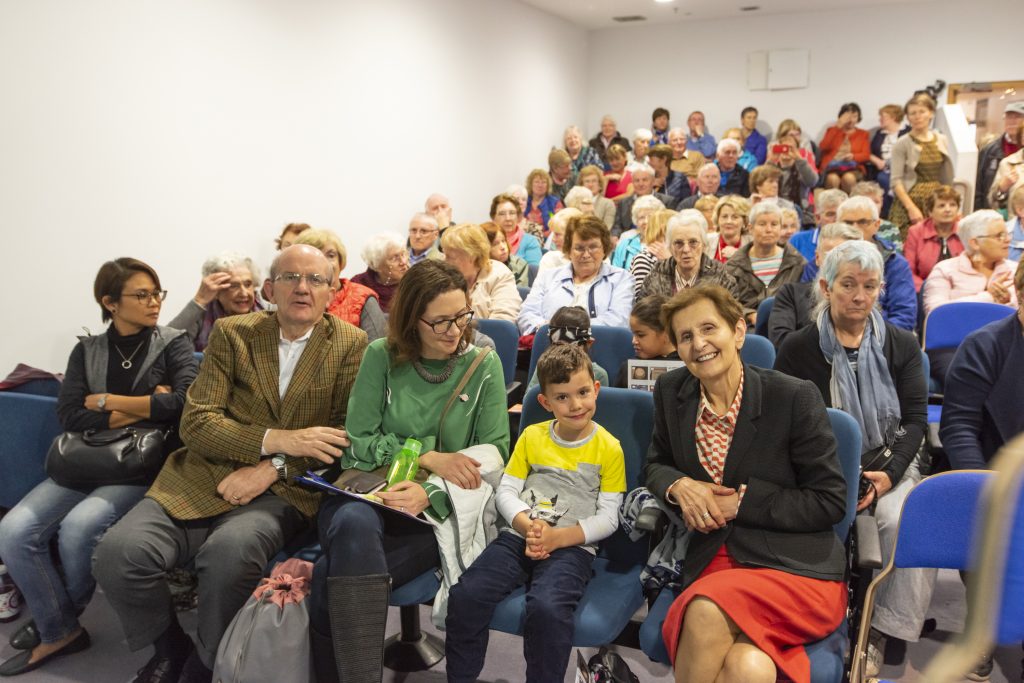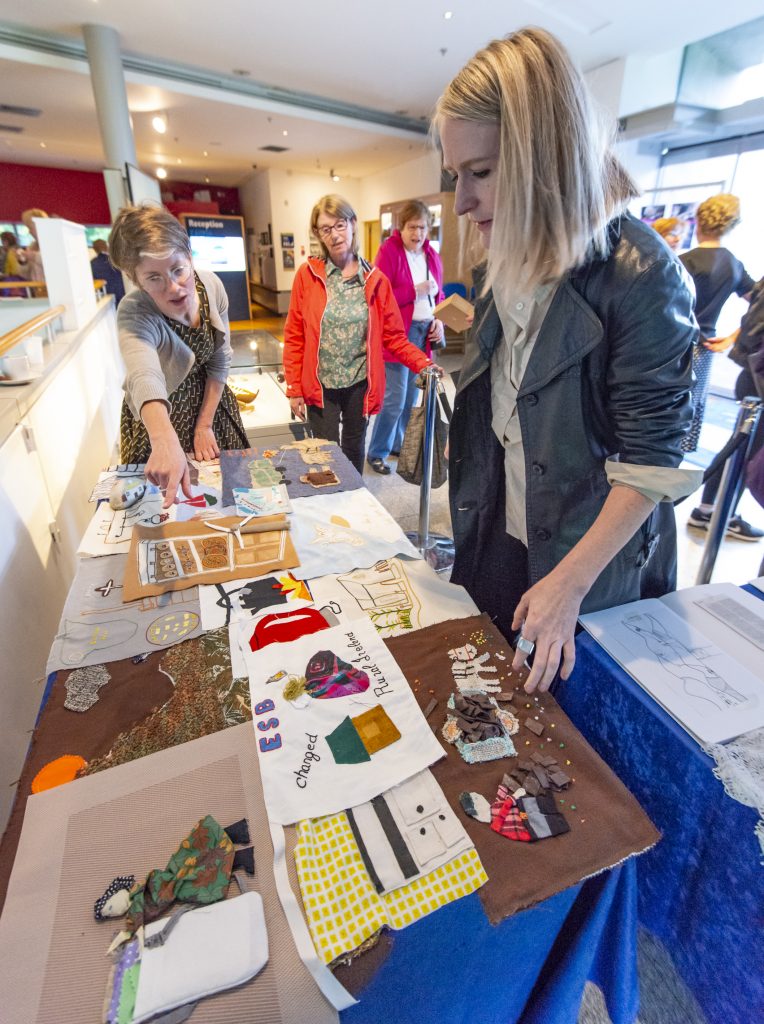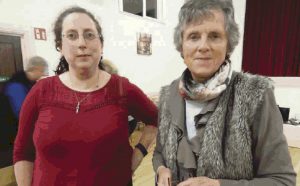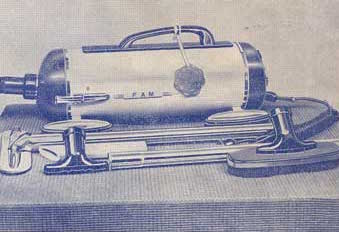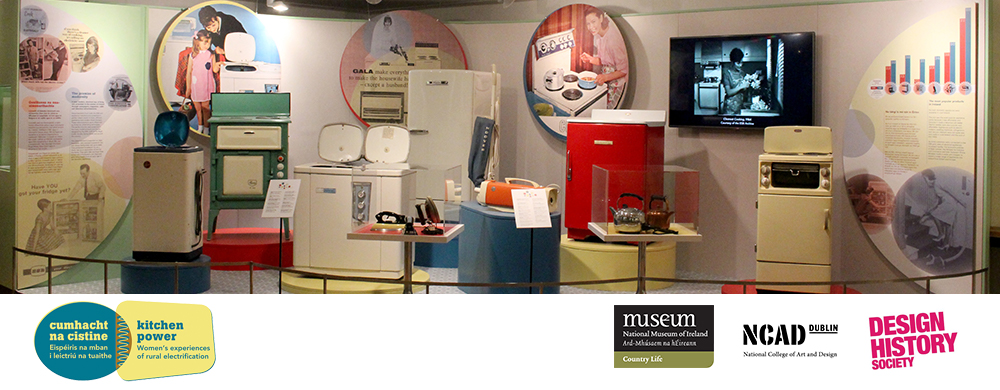
Kitchen Power: National Parallels is an international online symposium which looks at the parallels and differences between mid-century modern kitchens in national contexts from Ireland to Spain, Scandinavia, Canada and South Korea.
The Kitchen Power exhibition in the National Museum of Ireland – Country Life in County Mayo, Ireland, looks at the promised lifestyle and everyday reality of rural electrification and the effect that it had on the lives of Irish women. This symposium brings together a selection of international academics in design, architecture and technology history to look at how issues surrounding domesticity, gender and technology played out in a wide range of national contexts. The papers look at the gendered nature of kitchen design, the consumption and promotion of electric appliances, the impact of rural electrification programmes, and the role of women’s organisations, as well as the different ways in which international ideas about ‘modern homes’ were implemented.
The symposium is convened by Dr Sorcha O’Brien (NCAD), co-curator of the Kitchen Power exhibition, and is run in partnership between the National Museum of Ireland – Country Life and NCAD. It is also supported by a Design History Society Virtual Event Grant.
Speakers include:
• Dr Fredie Floré, KU Leuven
• Dr Ana María Fernández García, Universidad de Oviedo
• Dr. Sophie Gerber, Technisches Museum Wien
• Maria Göransdotter, Umeå Institute of Design
• Dr Yunah Lee, University of Brighton
• Dr Sorcha O’Brien, NCAD
• Prof Barbara Penner, Bartlett School of Architecture
• Prof Ruth Sandwell, University of Toronto
The four sessions will run over two days on the 16th and 17th September 2020, and the free tickets for each session can be booked here.
The symposium will also be broadcast on YouTube on the NCAD Gallery channel, and videos will be available on the National Museum of Ireland website.

